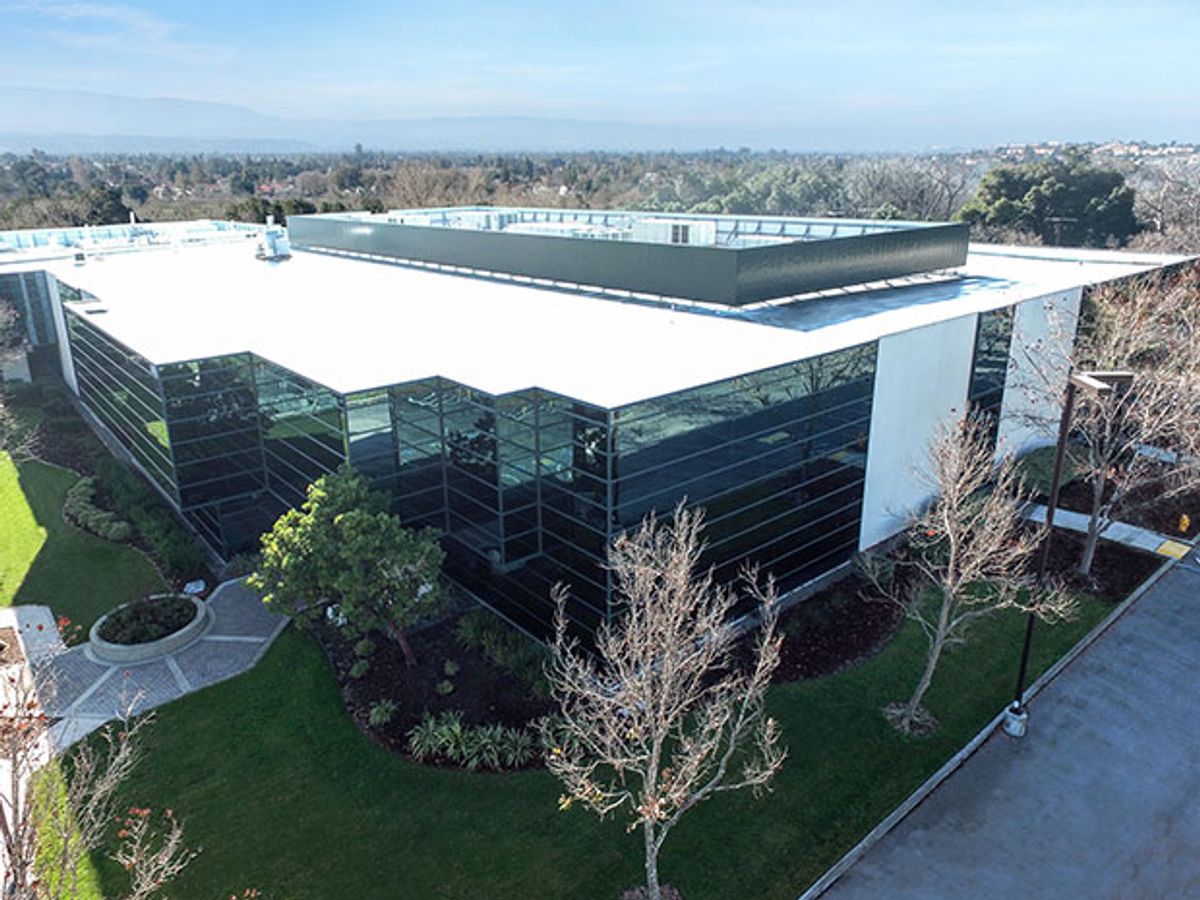After years of dominating the market for automotive lidar thanks to the simple fact of being in it first, Velodyne is now shaking off new contenders by expanding a megafactory in San Jose, Calif.
This investment—enabled in part by cash infusions from Ford and Baidu—should allow Velodyne to ramp up to 1 million units annually by 2018, the company says. That means that its rooftop tower, the Cadillac of lidars, may soon sell at Chevrolet prices. The company is also expanding its R&D effort by building a new facility in Alameda, Calif.
The factory is already in operation on a comparatively small scale, churning out the HDL-64E, a descendant of the model made famous as the roof-mounted revolving scanner on Google’s self-driving cars. Google originally had to pay US $73,000 for each unit, itself a rotating array of 64 laser beams. But in 2015, Chris Urmson, then head of Google’s car project—recently spun off as Waymo—said his outfit was unhappy with the product and was designing alternatives to it in house.
Earlier this month, at CES 2017, Waymo CEO John Krafcik showed off a new self-driving car packing in-house lidars of three kinds: midrange, to replace Velodyne’s unit; short distance, for the area right next to the car that had previously stood in the shadow of that unit; and long distance, for seeing beyond the range of Velodyne’s original model.
Velodyne’s expansion suggests not only that the company thinks it can outdo Google but also other startups that in recent years have started talking up plans for much less costly solid-state lidars that they claim would equal or even outperform the Velodyne design. Then, last month, Velodyne claimed a “breakthrough” in solid-state design that, with mass production, should drop the unit price below $50.
That’s like marking down a Caddy to Matchbox car prices.
Such cheap-as-dirt lidar would find its way into just about every vehicle, bicycles included. Even Tesla chief Elon Musk, famously dismissive of the sensor, might finally cave in and allow lidar a place at the table.
Philip E. Ross is a senior editor at IEEE Spectrum. His interests include transportation, energy storage, AI, and the economic aspects of technology. He has a master's degree in international affairs from Columbia University and another, in journalism, from the University of Michigan.



